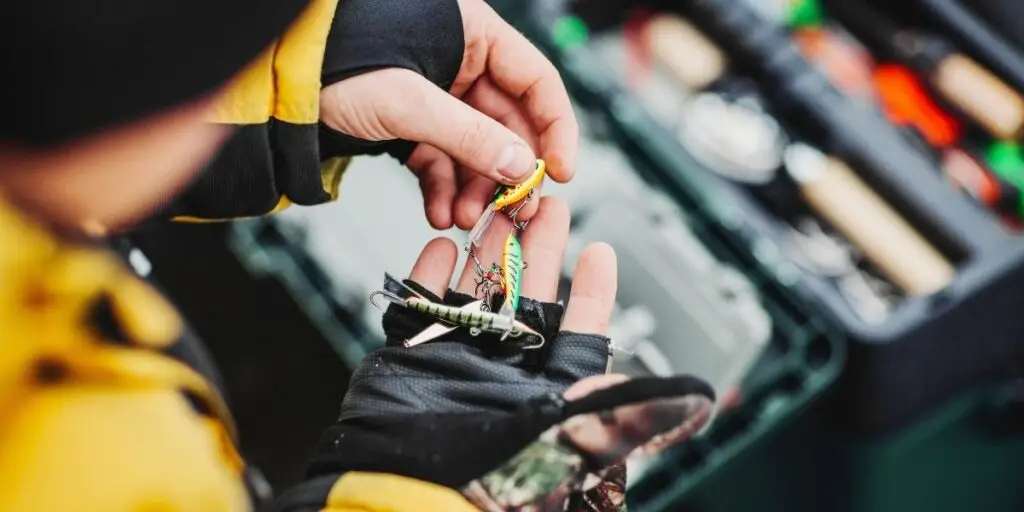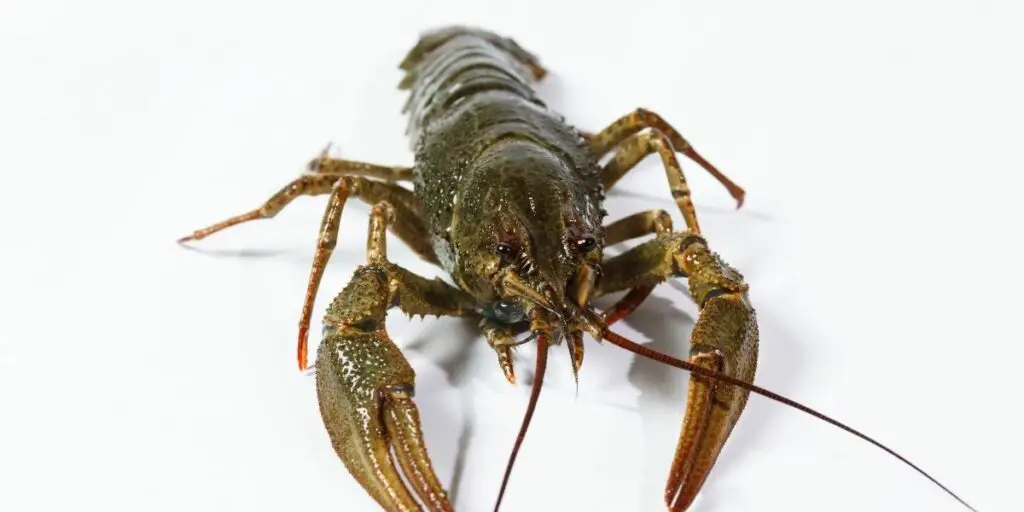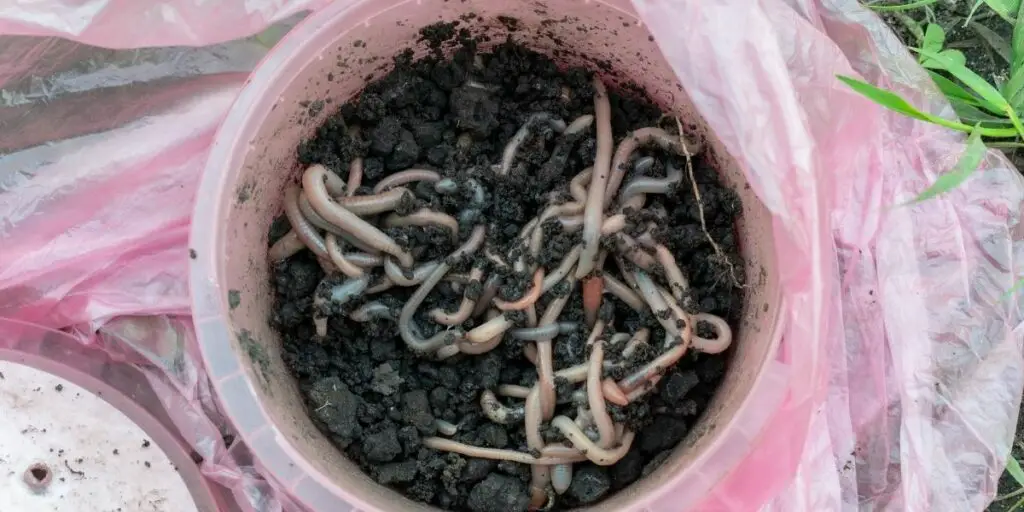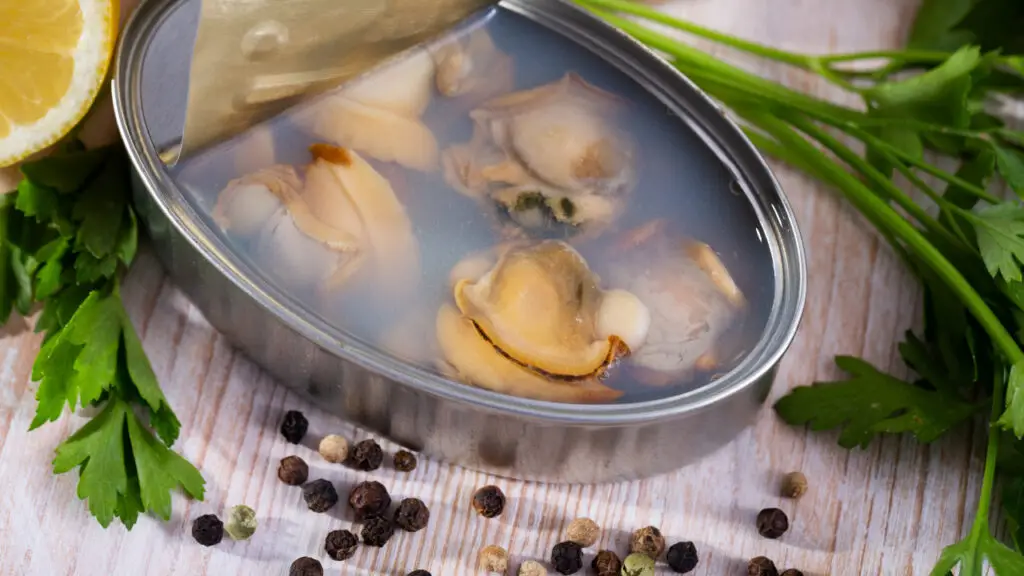
One of the biggest dilemmas a fisherman faces before going on a fishing trip is the type of bait to use.
Generally, the kind of fish you intend to capture determines the ideal bait to use.
You can use several kinds of bait for river fishing. That said, the best bait for river fishing are live baits such as minnows, worms, leeches and insects.
Let’s explore the different types of baits and how to use them for effective river fishing.
Table of Contents
Crayfish
Crayfish are tiny crustaceans that look like small lobsters. These are the ideal bait if you are targeting small and largemouth bass.
Although you can get them from the seashore, it is a challenging task. This is why most fishing enthusiasts opt to purchase them from local stores.
The best way to use crayfish as bait depends on the type of fish you are targeting.

For small fish, stick the hook through the tail (keep in mind that you don’t need the entire crayfish, the tail can suffice).
If you intend to capture game fish, you will need a full crayfish. Here, you will stick the hook through the tail.
To catch larger fish like catfish, stick the hook at the upper section of the bait.
Worms
Worms are undoubtedly the most popular type of bait. For centuries, fishermen have been using these creatures to lure fish into traps.
Regardless of where you live, you can readily access worms. They like living in humid soils, and you can also get them at your local supplier of fishing equipment.
A common misconception is that all worms are similar. In reality, there are several species, with each having a specific use case.
Bloodworms are the largest in size, making them suitable for catching catfish, striped bass, perch, and other large fishes.
Be careful when handling bloodworms because they have teeth that bite.
Earthworms are perhaps the easiest worms to catch, particularly when it’s rainy.
You can also harvest them by making a compost heap in your backyard. They are useful for luring small and medium-sized fishes.

Many fishermen agree that nightcrawlers are the best worms for river fishing. They are large, meaty, and move a lot after you hook them.
These factors make them attractive to fish, ensuring that you take home a massive haul. Nightcrawlers are ideal when fishing for bass, trout, catfish, and crappies.
While they are not ‘real’ worms, mealworms can also serve as bait. You can use them to capture smaller fishes like bluegills, crappies and panfish.
Besides the types mentioned above, you can also purchase artificial worms. Though they aren’t as effective as the live ones, they can get the job done.
Hooking a worm isn’t a straightforward task, because of their lengthy nature. When attaching it to your line, ensure that you poke it several times until a small piece of the tail is left dangling.
If you are targeting small fish, you can cut the worm into smaller pieces.
Fish Chunks
Another type of bait you can use is dead fish. If you take this approach, start by cutting the fish into small chunks.
Fish chunks are effective for catching fishes that are predators. Notably, you can use any type of fish as bait.

Since the bait is dead, you can hook the chunks the way you desire. Ensure that you leave the skin after scaling to preserve the scent.
As is the case with other kinds of bait, use small chunks for smaller fisher and bigger ones for larger species like catfish and bass.
Dough Balls
If you can’t access live bait, dough balls are an excellent alternative. The ingredients used to make these balls include cornmeal, flour and flavourings.
Dough balls are available in most fishing stores. Still, you can make them by yourself. They can help you catch carp and catfish.
To use dough balls, simply stick a hook through them and throw your line into the water. The pleasant scent produced by the flavourings will attract the fish into your trap.
Minnows
Minnows are small fish that usually swim near river shores. If local laws allow it, you can capture them using a net. Alternatively, you can purchase them from fish farmers or local stores.
You can use live or dead minnows as bait. If you want to use it alive, stick the hook through its tail or mount.
This way, it will keep on dangling until it attracts fish. Otherwise, stick the hook through its body. Whether dead or alive, minnows are an effective bait for river fishing.
Leeches
People are naturally scared of leeches because they are vampires. However, they are the primary food for some fish species, namely bass, pike, and walleye.
When catching a leech, grab it by its tail. You can differentiate it from the head by assessing the size – the tail is usually smaller and softer.
Sticking the hook at the tail also enables the leech to swim freely.
Once you grab the leech, poke its tail and midsection. After this, you are ready to cast the line into the water.
Other Types of Bait
These are only but a few of the items you can use as bait for river fishing. Other products that can help you get bigger hauls on your next fishing trip include insects, shrimps, fish roe, etc.
Conclusion
Even if you practice fishing as a hobby, you need the right equipment to make the experience enjoyable and successful. From the rod and line to the hook and bait, it is advisable to invest in the best items you can get.
With the right bait, you can increase your haul significantly. Worms are our top picks of baits for river fishing. They are easy to find, and more importantly, fish love them.
There are never guarantees with fishing, so switch up your river baits as often as you can and once you find a winner, stick to it.